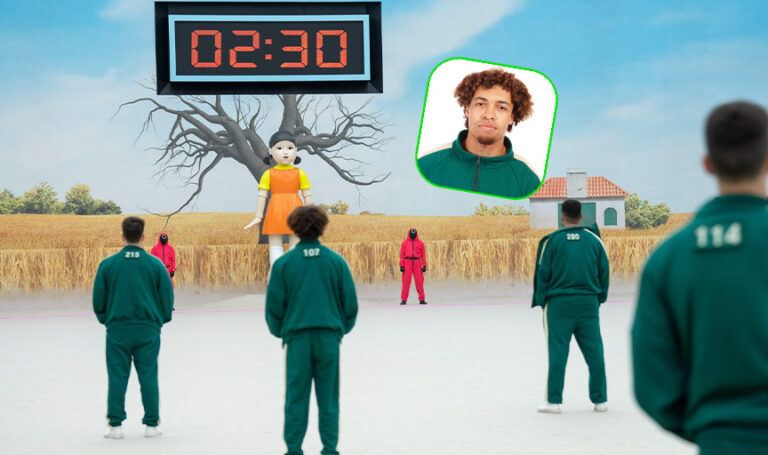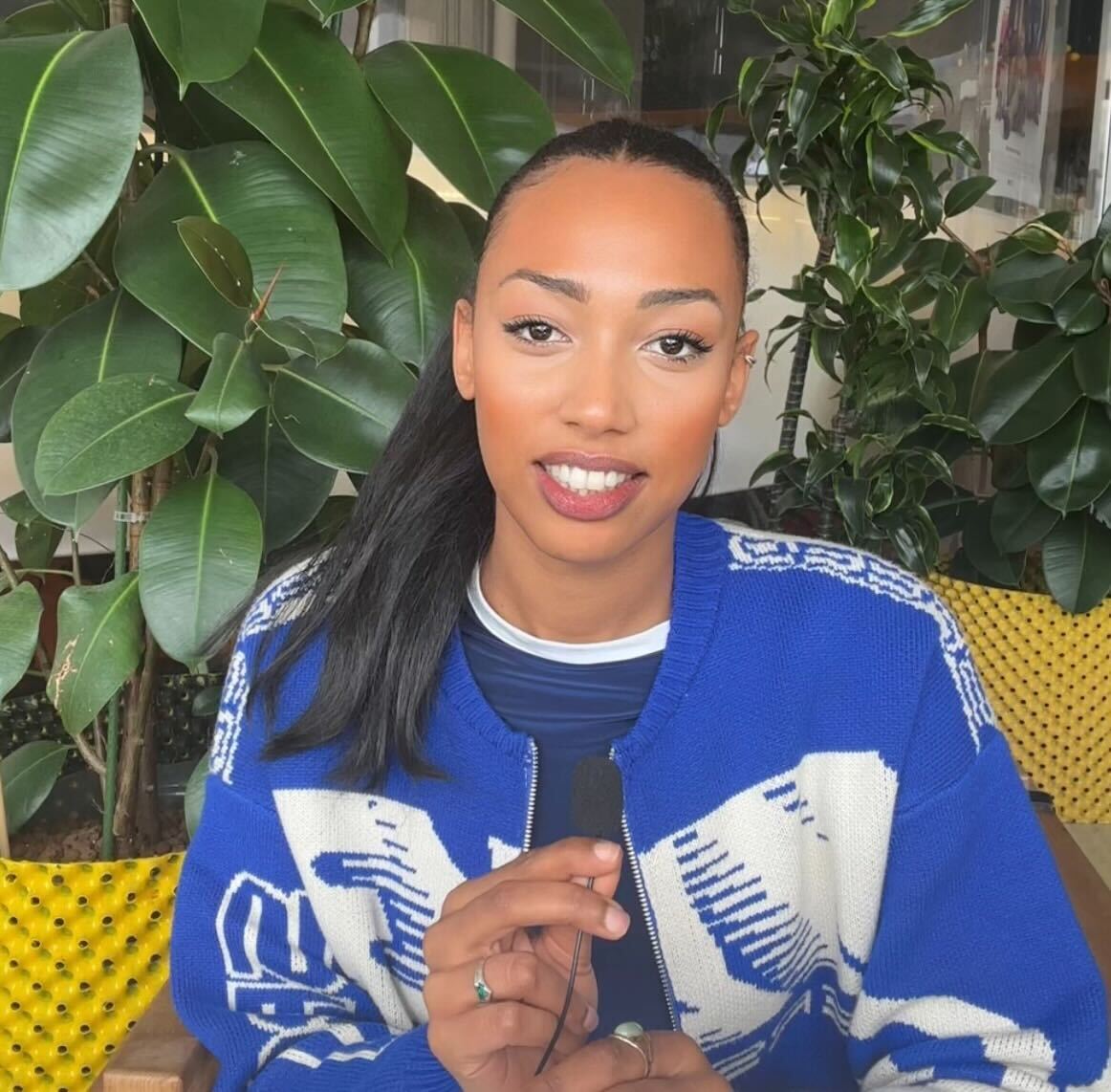Tayo Awoderu, player 107 in Squid Game: The Challenge, shares his behind-the-scenes experience

Inspired by the hit Netflix series Squid Game, Squid Game: The Challenge sees real-life contestants compete in a series of high-stakes children’s games in pursuit of a $4.56 million cash prize. As their strategies are put to the test, fellow competitors are eliminated around them, leaving only one winner. If you’ve watched Squid Game, then you already know that its reality competition interpretation takes a stark departure from the original’s commentary on capitalism’s vice grip. With 456 participants navigating deadly games in the pursuit of erasing their debts, it’s no surprise Squid Game’s raw portrayal of financial desperation resonated globally.
Regardless of this, Netflix, seemingly desperate to capitalise further on the incredible success of the Korean show’s brutal concept—ironic, I know—went ahead and commissioned a spin-off in which real people get to re-enact the game. For Squid Game: The Challenge, showrunners created a competition for 456 individuals, bringing iconic games to life without the deadly consequences—thank god for that. As you can imagine, the absence of potential death alters the stakes, and contestants, far from bothered about capitalism, exuded confidence in their ability to win, even cheering in their prison-like bunks.
The show’s brilliant sets were reconstructed in Barking and Bedford, and contestants were flown in and styled as if they were in the original series. The prize money is $4.56 million (£3.6 million). So far so good, right? Well, think again. Shortly after the first part of the reality competition hit our screens, solicitors representing contestants on The Challenge revealed that players had “suffered injuries such as hypothermia and nerve damage,” and were therefore seeking compensation.
In an attempt to clarify this whole ordeal and shed light on what it was truly like to take part in the Squid Game competition, SCREENSHOT sat down with player 107, online coach Tayo Awoderu, also known as the first participant to conquer the renowned ‘red light, green light’ game, who provided exclusive insights into the behind-the-scenes dynamics.
View this post on Instagram
With over 81,000 applicants vying for a spot on the show and only a limited number selected, what was the selection process like?
“The selection process was an open casting call. One of my best mates sent me an Instagram ad and I applied straight away as I loved the original show and have a big appreciation for Korean TV in general. I sent over a 1 minute-long video as to why I wanted to be in the show and got a call back the next day. After a two/three-month interview process consisting of phone and Zoom calls, I managed to secure a spot on the show!”
Were there any unexpected challenges or memorable moments during the filming of the show that stood out to you?
“Yes! There was lots of downtime so during our time in the dorms, if we weren’t doing a game or a challenge we had to find ways to entertain ourselves. We had no phones, no concept of time, and no access to the outside world so it was fully immersive and intense, as you can imagine. There were 200 people living together at the start. So moments that stood out to me were when we tied up all our jumpers and did a massive volleyball match. We made the ball out of rolled-up socks, boxers and hair ties. We did dance battles and talent shows and played different games like hide and seek and duck, duck, goose which weren’t shown on the Netflix edit but were definitely memorable moments that made me realise how creative humans can be in a ‘prison-like’ environment.”
How did your experience on the show differ from your expectations before entering the competition?
“Honestly, I did not expect the set design to resemble exactly how it looked in the show. Netflix smashed it, we were all literally gob-smacked when we walked in. Every set design was incredible and the amount of cameras that were placed in between the bunks and in the mirrors made me realise that literally everything was being monitored.”
View this post on Instagram
Have you encountered any challenges akin to those voiced by other contestants who are reportedly considering legal action against Netflix and producers, citing instances of hypothermia and nerve damage during filming?
“It was really cold during ‘red light, green light’, however, we got hand warmers and thermals but still, it was really intense, especially standing on the spot for 20-30 minutes at a time. They needed to do this to fairly assess everyone’s movement, get camera shots and also make it a challenge otherwise everyone would have passed it. We all knew what we signed up for so I had no real complaints. I knew it would be really tough but that definitely was one of the hardest physical and mental challenges I’ve faced in my life.”
View this post on Instagram
Any behind-the-scenes anecdotes or interactions with fellow contestants that viewers might find interesting or surprising?
I would say there was so much more footage that could have made the final edit but, like I said earlier, my favourite moments were the stuff we did on downtime days. Some are shown now on the Netflix Tudum website.





